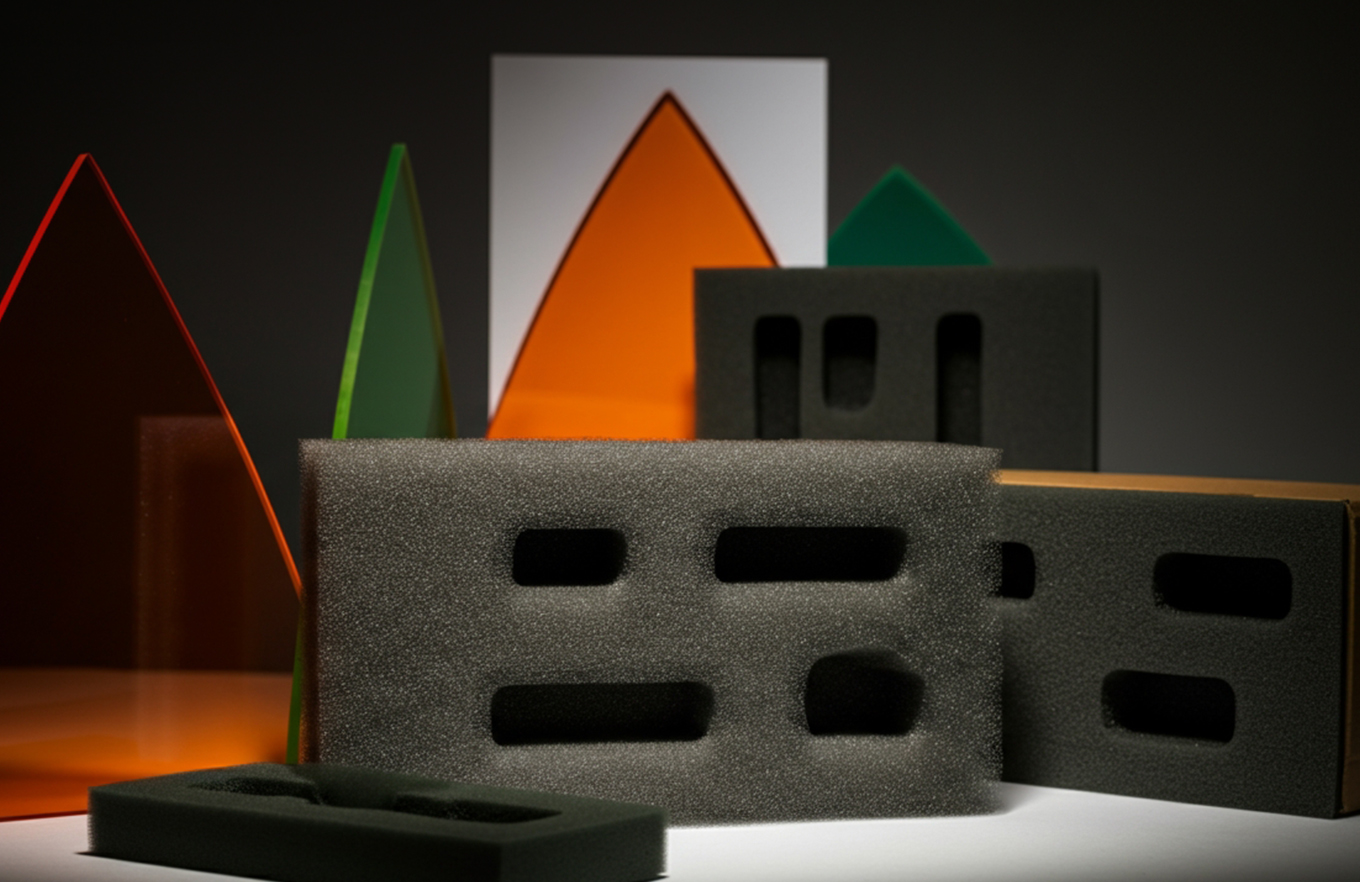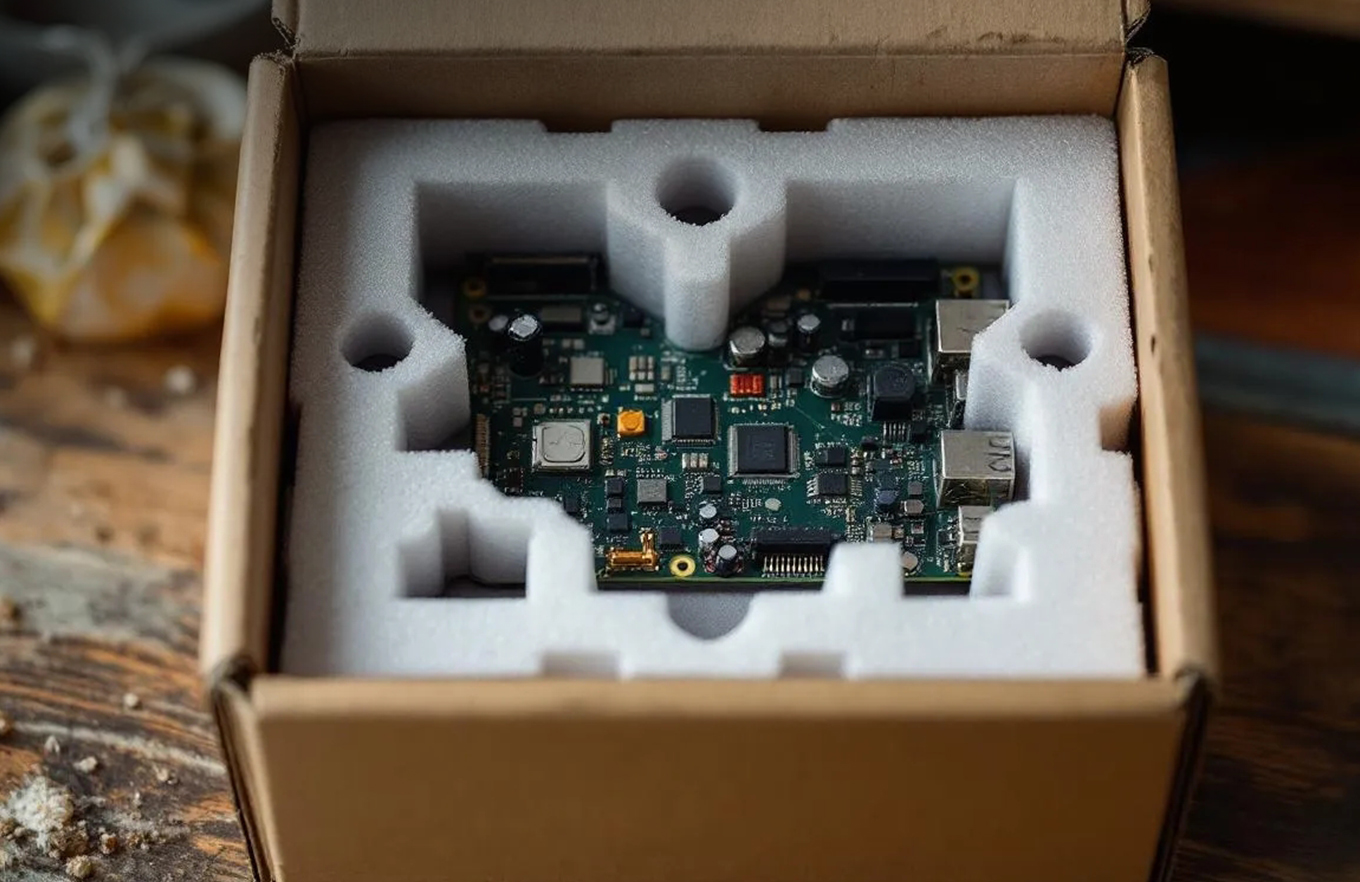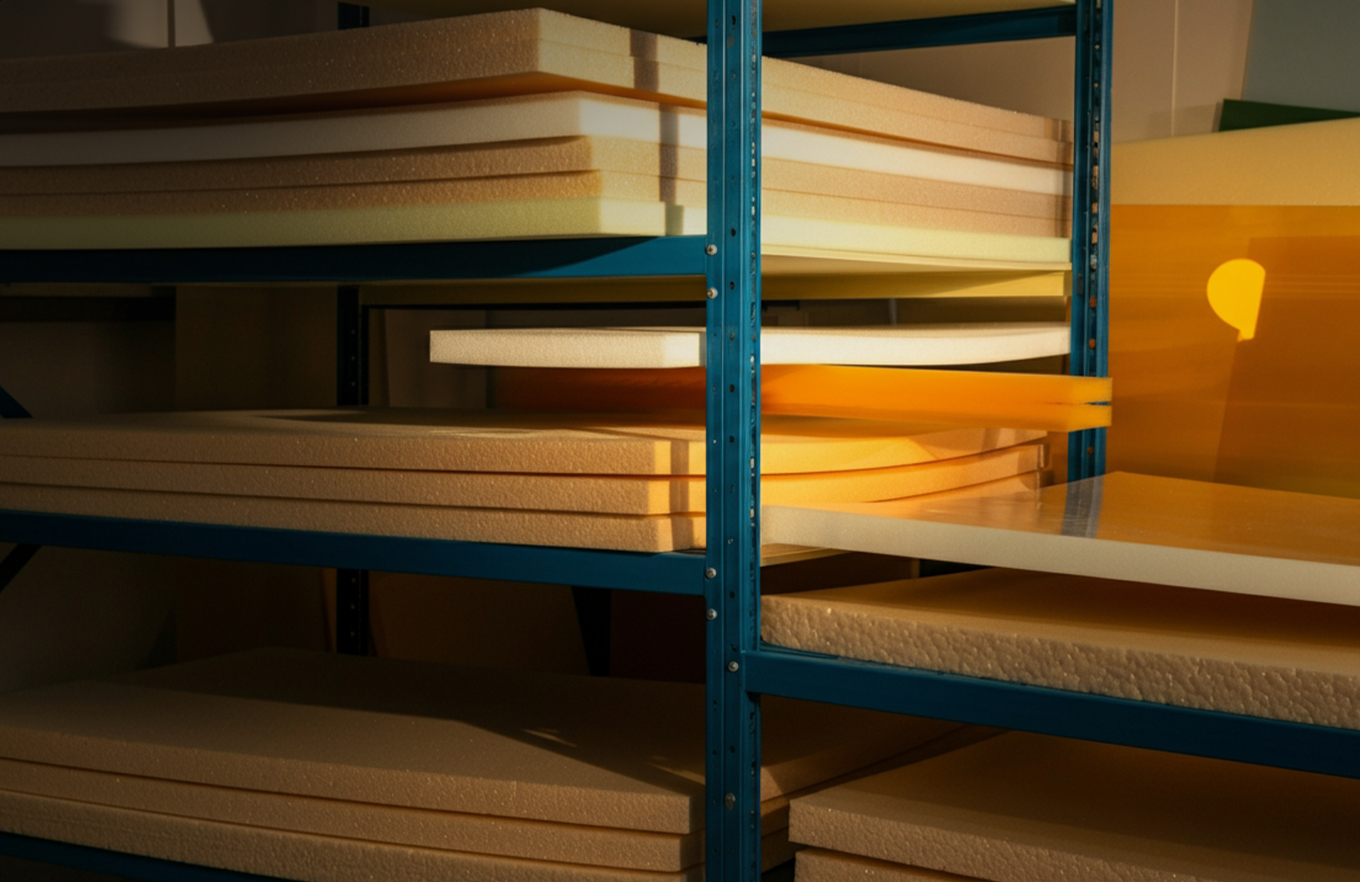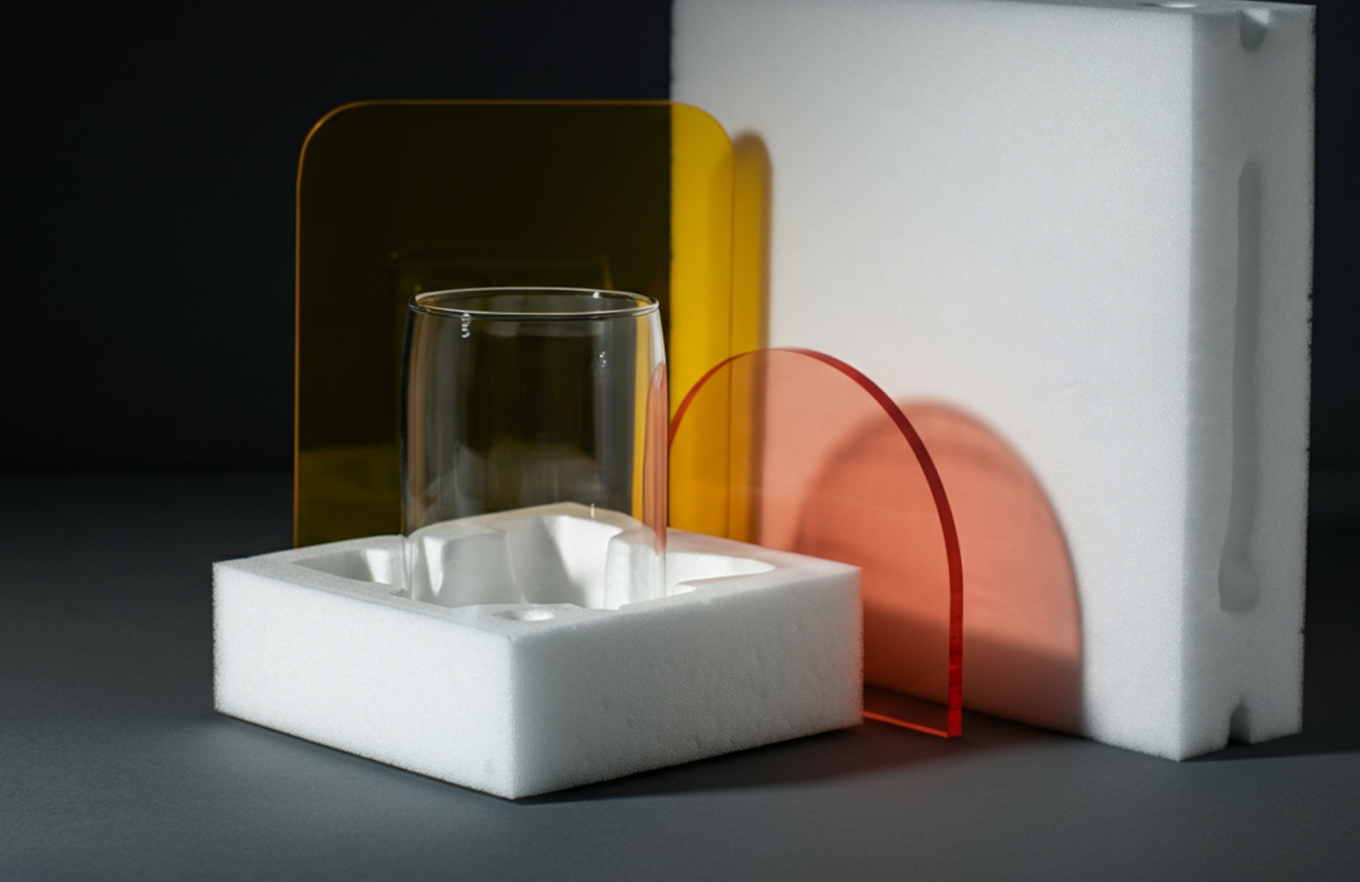
The conversation around sustainable packaging is louder than ever. As companies race to reduce their carbon footprint, many are reevaluating their material choices. Packaging foam has emerged as a leading alternative, offering superior protection, durability, and sustainability compared to traditional packaging materials like cardboard, paper, or plastic wraps.
As we go deep into this, it becomes clear that packaging foam is changing how manufacturers and retailers think about eco-friendly logistics. From consumer electronics to fragile glassware, industries are now turning to innovative options like EVA foam to achieve both strength and sustainability.
Samad Foam, a trusted name known for its high-quality and environmentally conscious foam products, has been helping companies across Europe and the USA transition toward sustainable packaging solutions.

In modern manufacturing, packaging foam is more than a cushioning material. It’s a well-engineered solution that balances protection, lightness, and recyclability. Unlike traditional materials that often wear out or deform under pressure, packaging foam maintains its integrity over repeated use. This durability means less waste, longer usability, and fewer replacements, which ultimately reduces the environmental impact.
Samad Foam specializes in producing a wide range of foams, including EVA foam, which combines flexibility, water resistance, and excellent shock absorption. These properties make it ideal for packaging delicate or high-value products that require both safety and sustainability.
Traditional packaging materials such as cardboard or bubble wrap, though commonly used, often fail to provide consistent protection. They absorb moisture, tear easily, and lack the resilience needed for long-term use. The environmental cost of continuously reproducing and disposing of these materials adds up quickly.

While cardboard and paper are often marketed as eco-friendly, their production process tells a different story. The deforestation required to source raw materials, combined with the water and energy needed for manufacturing, results in significant carbon emissions. In addition, paper-based materials degrade faster and lose their protective strength when exposed to humidity or repeated use.
Unlike packaging foam, these materials are also bulky, increasing transportation costs and fuel consumption. The recycling process for paper-based products, though widespread, still consumes a lot of energy and chemicals, further contributing to environmental strain.
Plastic and bubble wrap have long been preferred for their affordability and flexibility. However, their contribution to global waste and ocean pollution cannot be ignored. Plastic takes centuries to decompose, and recycling rates remain alarmingly low. Once discarded, these materials often end up in landfills or water bodies, posing long-term ecological threats.
Here’s where EVA foam stands apart. It’s not only durable but also recyclable, and many manufacturers, including Samad Foam, are using cleaner production processes to minimize carbon emissions and waste generation.
One of the most significant advantages of packaging foam is its reusability. EVA foam, for example, retains its shape and cushioning properties even after multiple uses. This means that products can be shipped, returned, or stored safely without the need for new packaging each time. Over time, this reduces both material waste and overall packaging costs.
Samad Foam has engineered advanced formulations of EVA foam that perform well under stress while remaining lightweight and energy-efficient to produce. The company’s approach ensures that sustainability does not come at the cost of quality or performance.
Producing packaging foam generally requires less energy compared to traditional materials like paper pulp or plastic resin. Its light weight also plays a crucial role in reducing shipping emissions. Lighter packaging means lower transportation fuel consumption, leading to fewer greenhouse gas emissions. This seemingly small factor makes a major difference when scaled across international shipping operations, particularly in markets such as the USA, where efficiency and sustainability are key priorities.
The shift toward EVA foam and similar eco-friendly foams is also reshaping industrial manufacturing standards. Many companies now employ closed-cell production methods, reducing material waste and chemical discharge. Samad Foam is investing in cleaner energy use, ensuring its manufacturing aligns with environmental best practices while meeting the growing demand for sustainable packaging.

Businesses across Europe are quickly realizing the long-term financial and environmental benefits of switching to packaging foam. It offers consistent protection, reduces shipping damages, and enhances product presentation, all while aligning with eco-conscious consumer preferences.
EVA foam, in particular, is becoming the go-to choice for custom packaging due to its adaptability. It can be molded, cut, and shaped to fit almost any product type, providing precise protection without excess material use. The result? Less waste, improved sustainability, and a premium customer experience.
For companies aiming to strengthen their green credentials, partnering with Samad Foam provides a reliable way to adopt innovative packaging technologies that contribute to both environmental goals and operational savings.
As industries strive for greener operations, the choice between traditional packaging materials and packaging foam is becoming clear. Foam-based solutions, particularly EVA foam, offer superior protection, reusability, and recyclability. They help businesses cut waste and carbon emissions while improving overall packaging performance.
Samad Foam continues to lead the shift toward sustainable packaging innovations, supplying environmentally conscious manufacturers in both the USA and Europe. Their commitment to performance and eco-responsibility proves that going green doesn’t mean compromising on quality.
Discover eco-friendly packaging solutions with Samad Foam today. Contact our experts to design sustainable foam packaging that protects both your products and the planet.
Yes. Modern packaging foam, especially EVA foam, is recyclable and made using cleaner production techniques. Many companies, including Samad Foam, prioritize eco-safe manufacturing processes to minimize waste and emissions.
Packaging foam offers superior impact resistance, moisture protection, and reusability compared to cardboard. It ensures long-lasting product safety during storage and shipping, making it a more efficient choice for fragile goods.
EVA foam provides the perfect blend of durability, flexibility, and sustainability. It’s lightweight, easy to customize, and supports environmentally friendly practices, ideal for companies aiming to reduce their carbon footprint.